Compared here are the world’s most important main lines across the most important freight territory on earth, at a time when railroads were the most important of man’s technologies, 1927.
These four main lines were the Trunk Lines, a title originally given to any important main line between two great cities, but later reserved almost exclusively to the Pennsylvania, New York Central, Baltimore & Ohio, and Erie main lines between New York City and Chicago.
The trunk lines were the principal railroads of the Official Territory, that portion of the U.S. east of Chicago and St. Louis, and north of the Potomac and ohio Rivers, that by 1911 produced more than half of U.S. rail tonnage in only one-ninth of the land area. (The other territories were the Southern and Western.) The Official Territory dates to a trunk-line pooling and rate-making agreement of 1877, and subsequent publication of the Official Classification of freight types.
Pooling and rate-setting could not make railroads equals, and the four trunk lines were anything but. The PRR and NYC had the least mileage and crew districts; thus lower operating costs. Surprisingly, all had helper districts each way; even New York Central’s “Water-level Route” had helper grades.
Railroads included in this map:
Baltimore & Ohio; Erie; New York Central; Pennsylvania





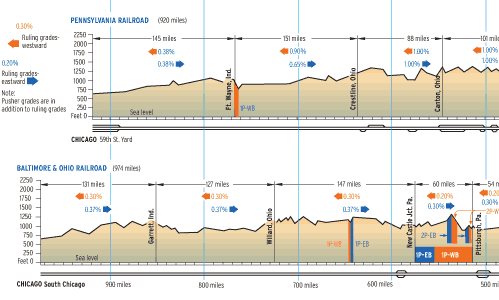

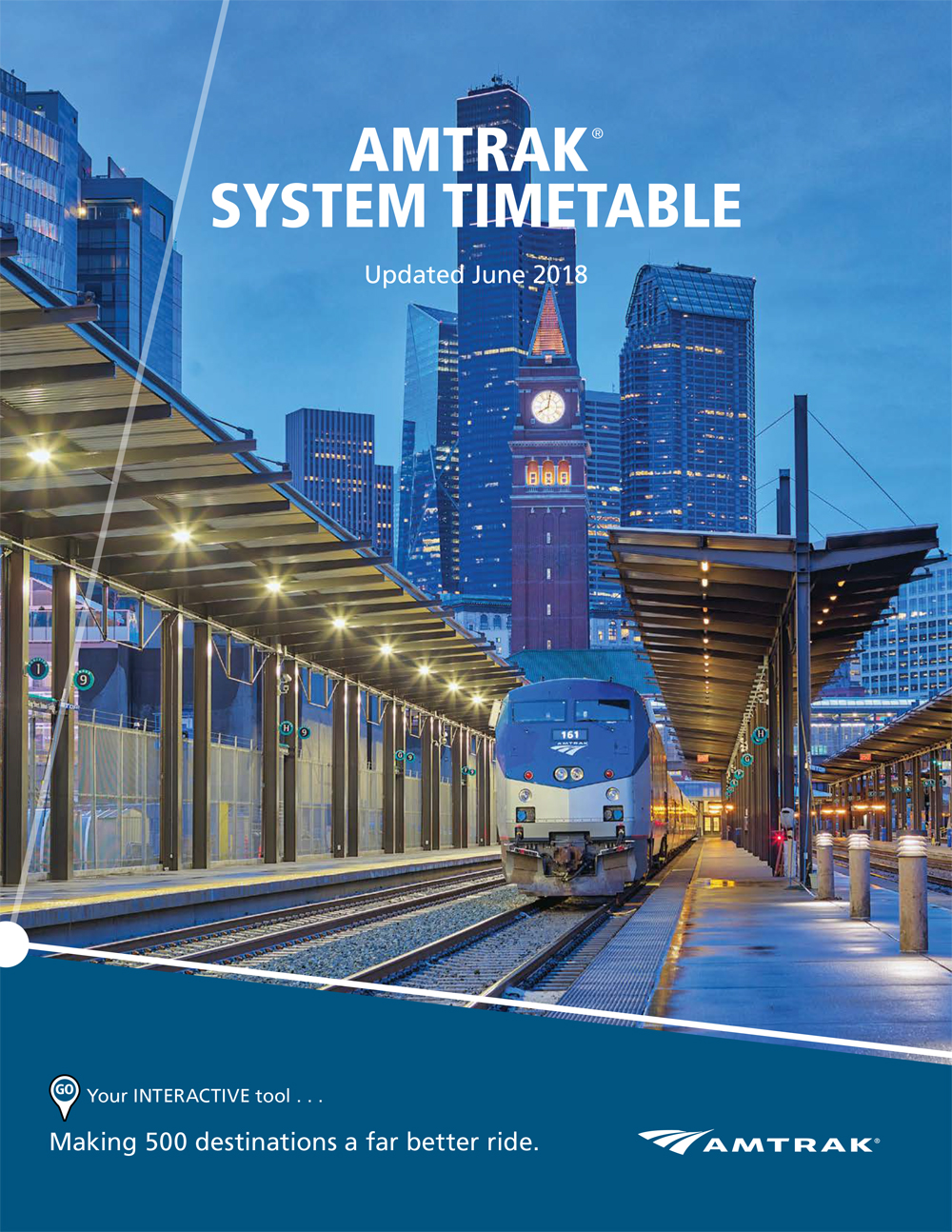
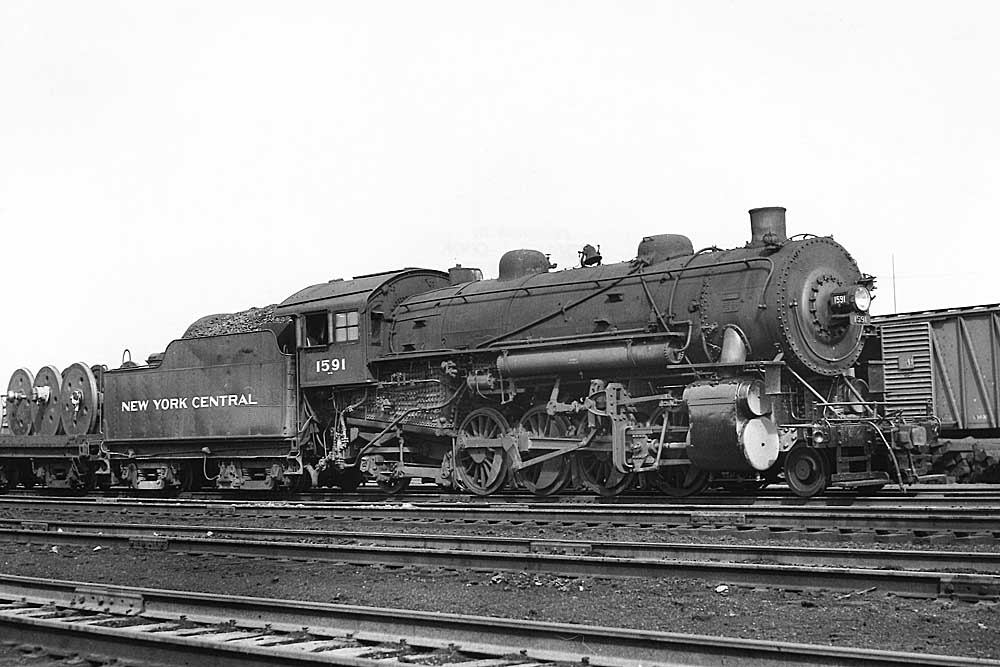
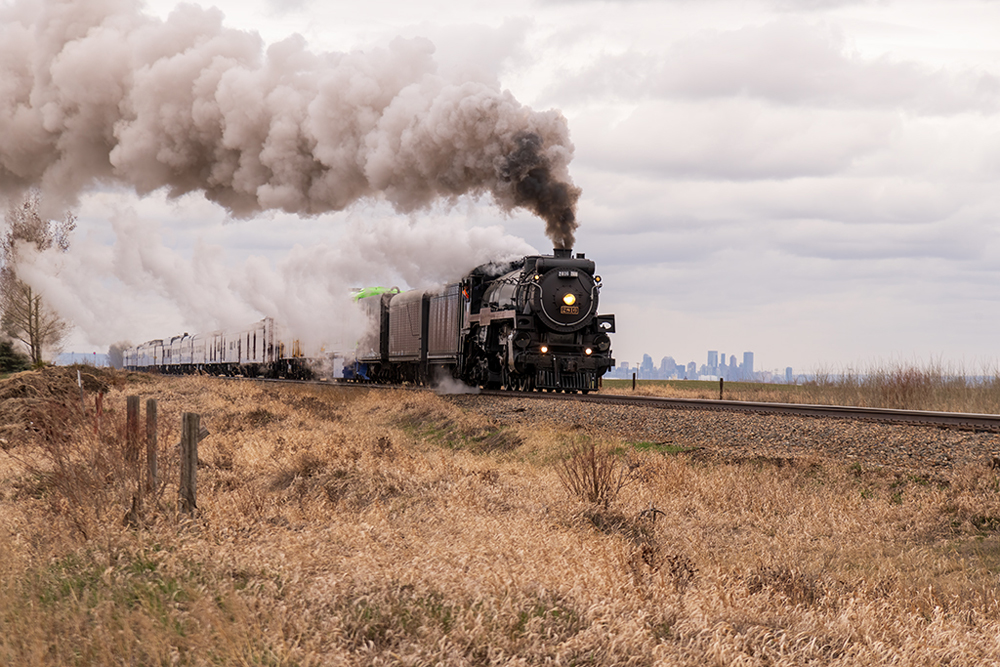
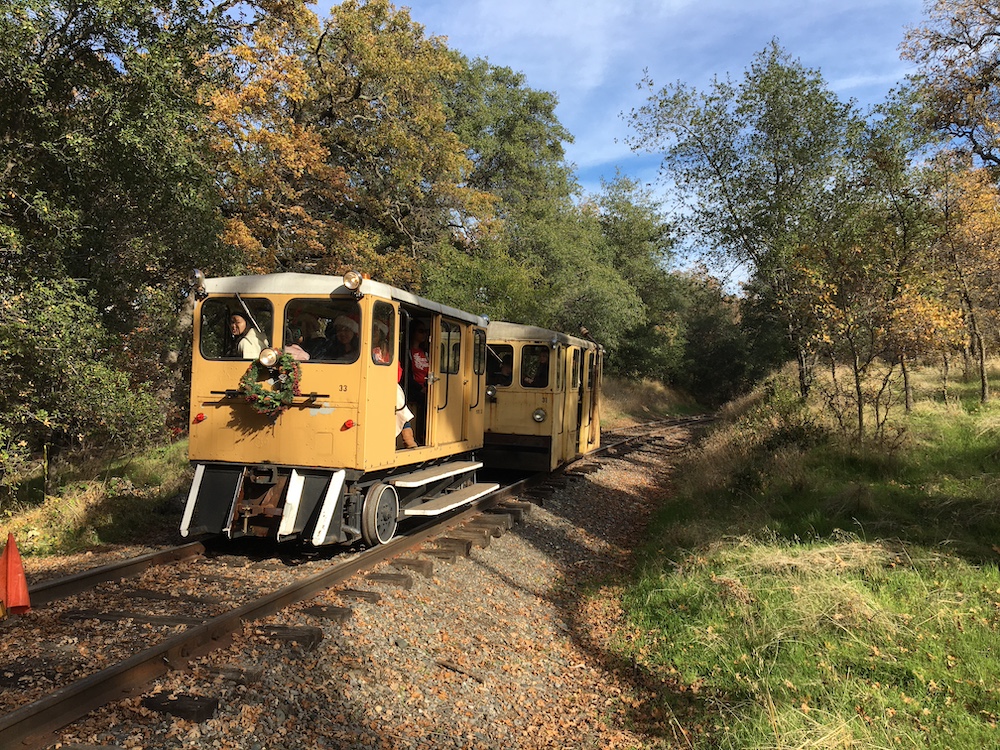




On the New York Central profile, east of West Albany NY, the tracks split with 2 tracks separating from what looks like the mainline. Is this the freight route that ran on the west side of the Hudson River?